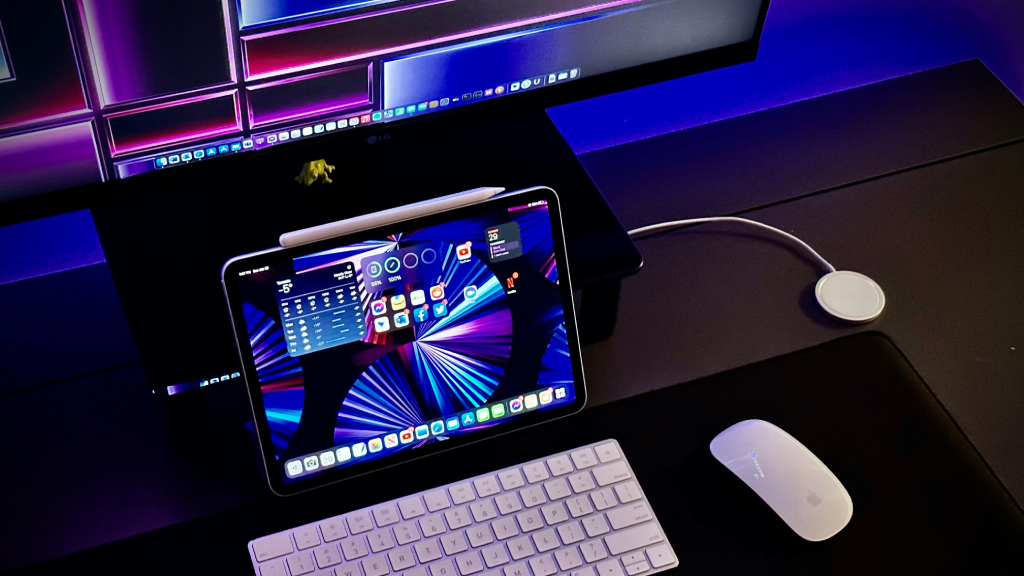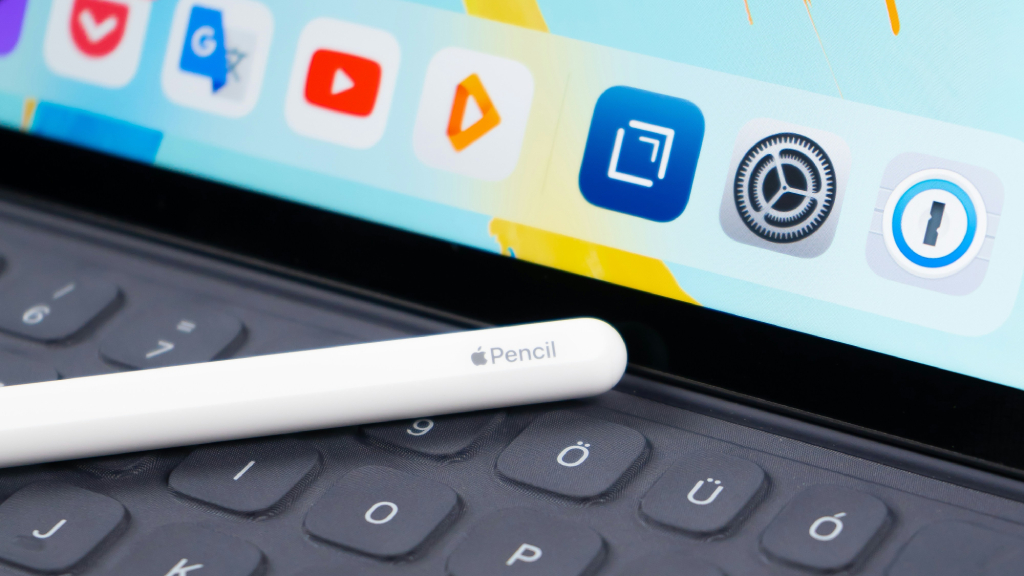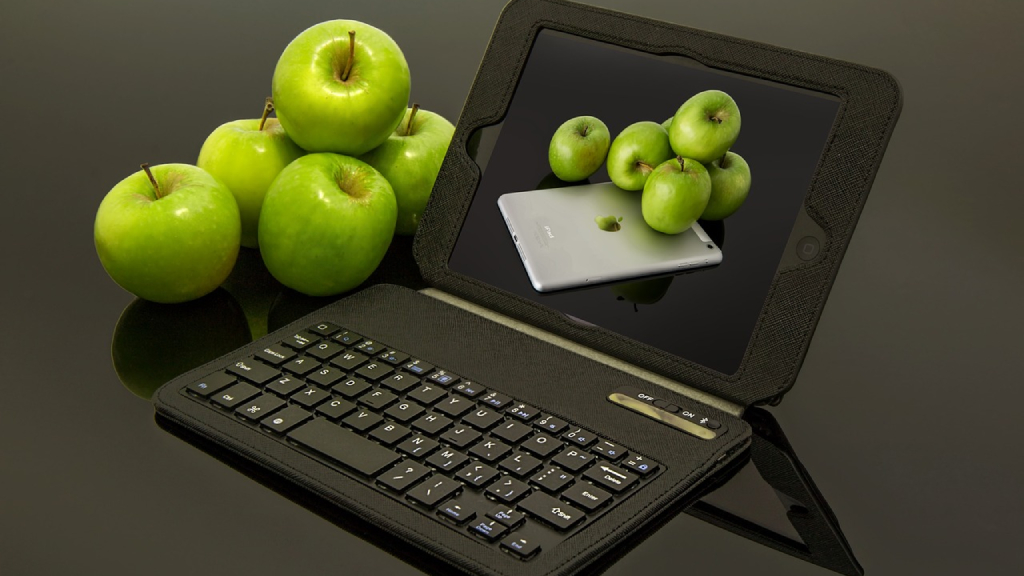Table of Contents
A function called Apple Sidecar is supported by both Apple’s Macs and iPads, enables you to utilize your iPad as a secondary display for your Mac. Users with both devices can connect wirelessly or through cable via this built in function. Once connected, the iPad functions as a secondary Mac display; you can move apps to it and position it to face the main Mac screen similarly to how you would with any other external monitor. Quick and easy to use, letting you utilize it wherever you are to mirror information from your Mac.

How to Activate a Sidecar
A suitable Mac running macOS Catalina or later and a compatible iPad running iOS 13 or later are needed to use Sidecar. To activate Sidecar, there are a few different methods you may perform from Catalina.
Using the Mac’s AirPlay interface is the simplest way to access Sidecar. A Sidecar-compatible iPad will appear in the AirPlay list when you click the AirPlay symbol at the top of the Menu bar (it’s the one that looks like a screen with an arrow). After that, all you have to do is select the iPad you wish to connect to, and it will switch on and become active as a secondary Mac display.
Apple Sidecar can be accessible through the Sidecar section of System Preferences or by clicking and holding the green window expansion button on any Mac software.
Unique Functioning of Apple Sidecar
As Apple Sidecar was intended to be a secondary Mac display, it functions in the same way as any other secondary display that you may use with your Mac. Using the trackpad on your Mac, you may move Windows from the Mac to the iPad and vice versa.
Sidecar is not meant to be used with touch gestures. Instead, you can navigate through some web pages and tap some on-screen control options you should use your Mac’s trackpad or mouse, or the Apple Pencil, to control most things. This is so that Sidecar, which is merely a secondary display option, does not attempt to bring touch controls to the Mac.
Synchronization with Apple Pencil
When using Sidecar, you can click, select, and perform other on-screen control functions with the Apple Pencil (first or second generation, depending on your iPad) in place of a mouse. When using the Apple Pencil with Sidecar, consider it a mouse or trackpad.

The Apple Pencil is significantly more useful in programs like Photoshop and Illustrator. You can use Photoshop or other comparable Mac software to sketch directly on the iPad, turning it into a graphics tablet that works similarly to a Wacom tablet.
Using the interactive capabilities of your Apple Pencil and the processing power of your Mac, it’s a fantastic way to edit images, create art, and much more. Sidecar iPad users equipped with an Apple Pencil can even draw and engage with Mac apps in a whole new way.
Keyboard

You can use an iPad as a substitute for the Mac keyboard by utilizing a keyboard such as Apple’s Smart Keyboard, which allows you to type in any open window just as on the Mac.
Wired and Wireless Connection
You have two options for connecting your Mac and iPad: wired or wireless. You’ll need the proper cable for a wired connection, such as a USB-C to USB-C cable for the most recent iPad Pro models or a USB-C to Lightning cable for iPad models with Lightning.
In addition to enabling charging, a cable connection can minimize delay issues which may arise with a substandard wireless network. Apple Sidecar functions well when used over a wireless connection; but, poor connection speeds may cause it to perform less efficiently.
Requirements for Wireless Connection
- Make sure both devices have Bluetooth enabled.
- Make sure both devices are connected to the same Wifi network.
- Your iPad must be within 10 meters, a considerable distance of your Mac.
Controls and Touch Bar
With Sidecar, you can customize your iPad with a control sidebar that allows you to access controls such as Shift, Command, Option, and Control, as well as to close windows and reveal or reveal the dock.
In addition, Sidecar places a Touch Bar—the same as the one seen on MacBook Pro models that support Touch Bar at the bottom of the iPad. You’ll still be able to use these Touch Bar functions even if your Mac doesn’t come with one.
Both Apple apps and third-party apps that have added Touch Bar functionality will display Touch Bar controls.
Enable Settings
When your Mac and iPad are linked, clicking the AirPlay icon will provide you some quick controls to hide the Touch Bar and sidebar, as well as the ability to choose between mirroring the Mac’s current display and using the iPad as a separate display.
By selecting the Sidecar area in System Preferences, you can find more Sidecar choices. You can enable double tap on the Apple Pencil in this location, as well as shift the sidebar to the left or right of the screen and the Touch Bar to the top or bottom of the screen.
Connectivity
Apple Sidecar works with the following Macs, but it is restricted to several of the more recent models:
- Late 2015 27″ iMac or newer
- Mid 2016 MacBook Pro or newer
- Late 2018 Mac mini or newer
- Late 2018 MacBook Air or newer
- Early 2016 MacBook or newer
- 2019 Mac Pro
- 2017 iMac Pro
Although Apple Sidecar is blocked from working on most older computers, its developer Steve Troughton-Smith has created a Terminal command that allows users of some older Macs to utilize the feature.



